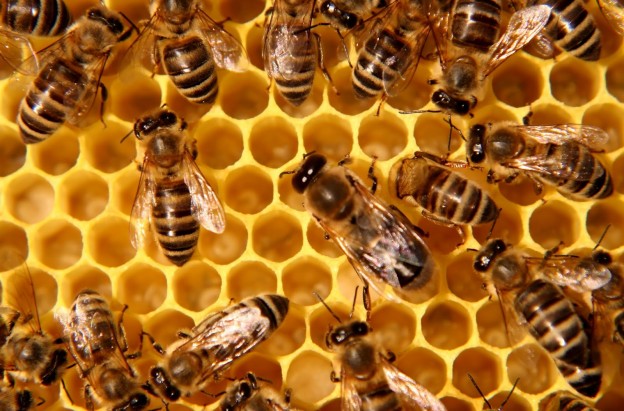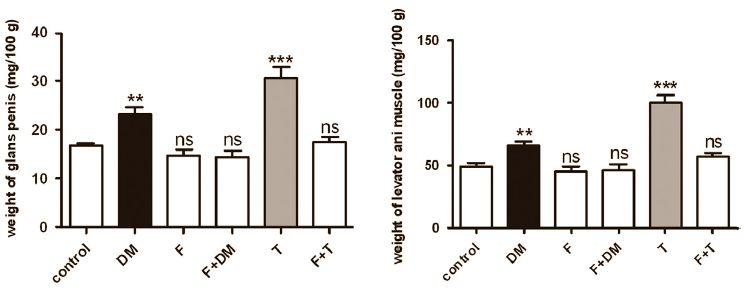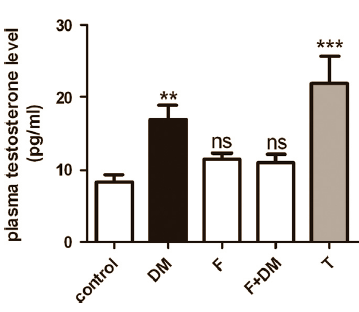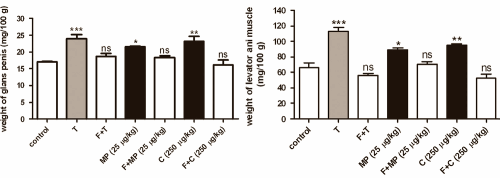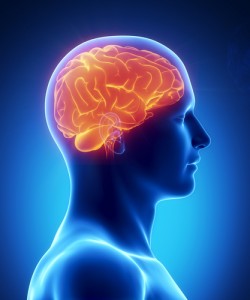Blog Entry #129
By Admin – Steroidal.com
It has long been suspected in Eastern European countries that drone milk has an aphrodisiac effect, enhancing libido and also having anti-ageing properties. The supplement industry hasn’t really jumped on the fact drone milk may possess performance-enhancement qualities, but we suspect it will do shortly.
Drone milk is not the same as royal jelly, which we’ve blogged about before that shows elevations in testosterone and an anabolic effect. Royal Jelly is given to queen bees, where as drone milk is given to worker bees and drones, and made by honeybees.
According to a study in Hungary in March 2014, at the University of Szeged, drone milk may also boost testosterone and create an anabolic environment.
The Hungarian researchers obtained fresh drone milk for their experiment on castrated rats. The rats were given 11, 110 or 1100mg drone milk per kilogram of bodyweight for 10 days, and discovered that rats given the 110mg dose had androgenic and anabolic effect. This was shown by the rat’s penis’s growing and an increase in weight of the levator ani muscle [DM].
The rats in the drone milk group [DM], also had a higher testosterone concentration.
The researchers further isolated the drone milk to its most active compounds. Two fatty esters; methyl palmitate and methyl oleate. The scientists then discovered giving 25mcg/kg of methy palmitate [PM] to the rats, caused their levator ani muscle to grow, thus showing an anabolic effect.
They only saw androgenic effects when the rats were given the combination [C].
The researchers suspect drone milk stimulates the products of DHEA in the adrenal glands. If this is the case, it may also mean estrogen levels rising not only from testosterone aromatasing from testosterone to estrogen.
For an athlete or bodybuilder weighing 80kg, you’d need 1,420mg every day of drone milk to repeat this study. Like most early data on supplement ingredients, this study was also on rodents and not humans, so more research may be needed before we suggest adding this to post cycle therapy (PCT) protocols, or to gain an edge when training.
References:
J Ethnopharmacol. 2014 Mar 6. pii: S0378-8741(14)00176-7. doi: 10.1016/j.jep.2014.02.050. [Epub ahead of print




